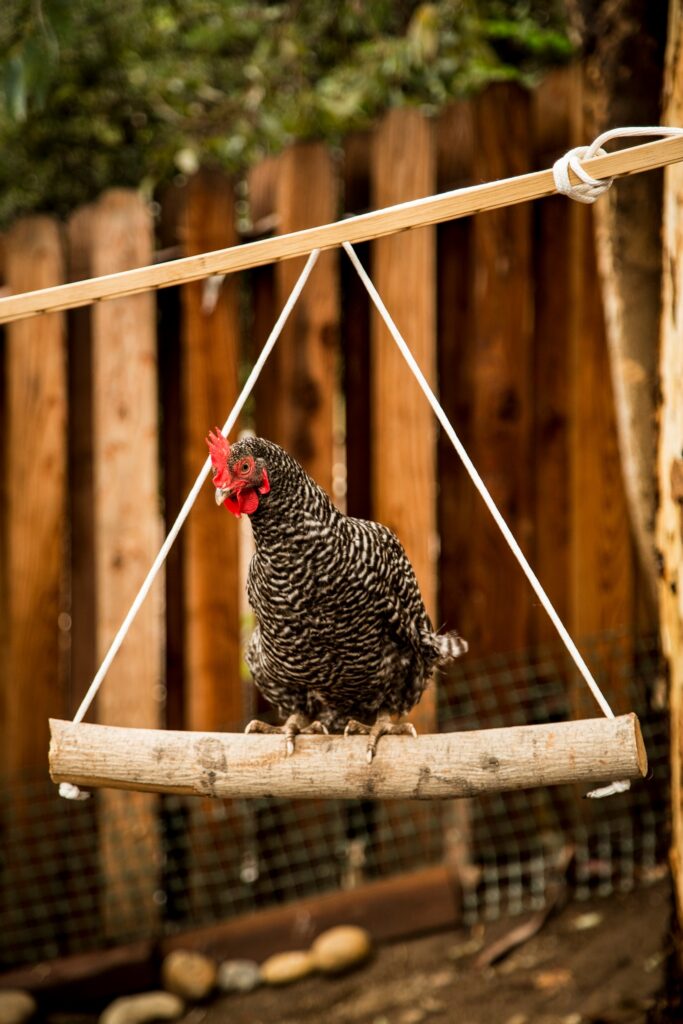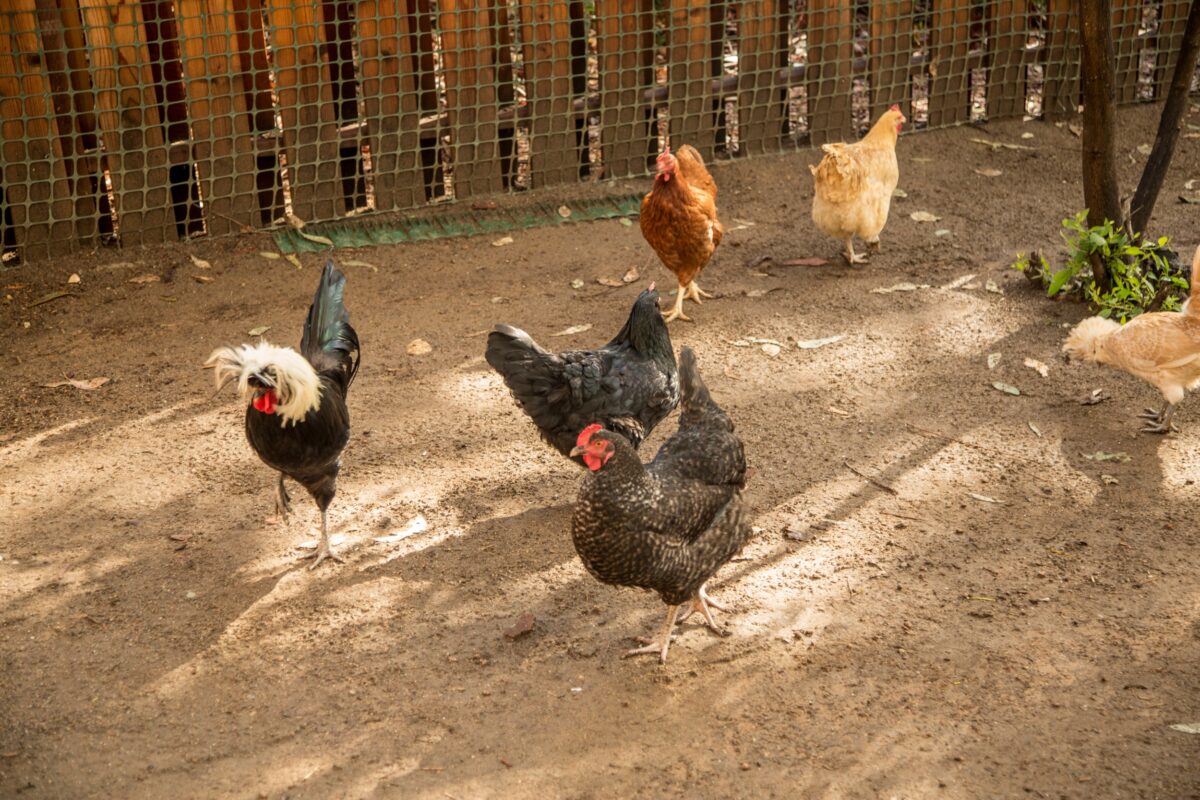Animals at shelters include dogs, cats, and… chickens? When attending an animal sanctuary panel recently, I was surprised to learn that chickens are among the most surrendered animals. Apparently, many people acquired chickens during pandemic lockdowns as a project to get fresh eggs. But chickens only lay eggs for about two years, which coincided with people heading back to work and other pre-pandemic activities. Since they can live for 10 years, they’re getting dumped at sanctuaries—or killed.
Since you’re a Fear Free reader, you likely value reducing fear, stress, and anxiety for pets of any species—and undoubtedly share a deep sense of empathy for animals. That’s why it’s so important to understand their physical and emotional needs before welcoming one home.
For insights about caring for chickens, I spoke with panelist Nicole Brecht, founder of the nonprofit Good Life Refuge in Longmont, Colorado.
“Chickens are really smart, and they also have a wide range of emotions,” she says. “They have a lot of personality.”
At the sanctuary, chickens know their names and come when called. One chicken at the sanctuary dubbed Tough (“She’s not tough, but she’s very cute”) likes to sit on Brecht’s lap for snacks. A chicken in foster care learned to peck out tunes on a toy xylophone. And a rooster dumped on the side of road hiked two miles with hikers to safety before landing at Good Life Refuge.
Important Considerations
The first thing to do before investing in chicks or chickens is to research local zoning regulations. Some municipalities place limits on the number of chickens allowed on a property or prohibit roosters. But because it’s hard to determine the gender of a chick, people are often surprised with an “oops rooster,” according to Brecht.
Potential chicken tenders should also determine whether there is a veterinarian in the area who can treat them and be prepared to sometimes pay more for an “exotic” pet like a chicken, particularly for diagnostics like x-rays. They should also find out if their chicks have been vaccinated.
Caring for Baby Chicks
Baby chicks are sometimes only a day or two old when they’re shipped, so keeping them warm—because they can’t regulate their heat yet and aren’t nestling into their mothers—is critically important. Brecht suggests keeping them indoors, warmed by a heat source like a heat lamp, and, of course, providing them with food and water. Electrolytes can provide additional nourishment.
Though Good Life Refuge doesn’t receive many chicks, except when schools have hatching projects and then dispose of them, she and her team like to tuck chicks in a warm pocket or under an arm to simulate being tucked under a wing.
“That’s why they peep so much: They are calling out for their mama,” she says. “So we also have little teddy bears in their enclosures.”
Chicken Space
When chickens are 2 to 3 months old, they can move outside. Brecht recommends having more than one since they’re flock animals and offering 10 square feet of space for every chicken. She notes that if you raise roosters, the recommended ratio is one rooster for every 10 hens.
Build well-ventilated coops with shade—and in the shade, rather than in direct sunlight during hot weather—that are ideally insulated (or offer a heat source in wintertime). Be sure to make the environment predator-proof with barriers they can’t go under or over. Proper overhead netting prevents birds of prey from carrying off chickens.

Chickens need activity to enrich their days. Brecht says there are many ways to offer enrichment, including the following:
- Providing roosting opportunities, like little swings or perches
- Offering nutritionally balanced chicken feed, as well as snacks like grubs and chicken scratch (seeds and grains) for them to scratch and peck for
- Supplying topsoil and diatomaceous earth for dust baths, which help to control parasites like lice and mites
- Spreading straw for scratching
- Hanging vegetables such as tomatoes or cabbage as a treat
- Freezing berries (for yet another treat)
- Letting them “clean out” pumpkins
Ultimately, Brecht feels chickens and roosters can be wonderful pets if people know what they’re getting into and prepare accordingly. In fact, some of her friends keep chickens inside their homes since the birds can wear diapers—an excellent solution for friendly roosters whose crowing annoys neighbors.
“I wish people would treat chickens more as pets instead of food sources,” she says. “They have so much more value than just being a producer of eggs. For me, they’re a lifelong commitment.”
This article was reviewed/edited by board-certified veterinary behaviorist Dr. Kenneth Martin and/or veterinary technician specialist in behavior Debbie Martin, LVT.
Award-winning journalist Jen Reeder is former president of the Dog Writers Association of America.
Want to stay in the loop on the latest and greatest in keeping your pet happy and healthy? Sign up for our free newsletter by clicking here!








